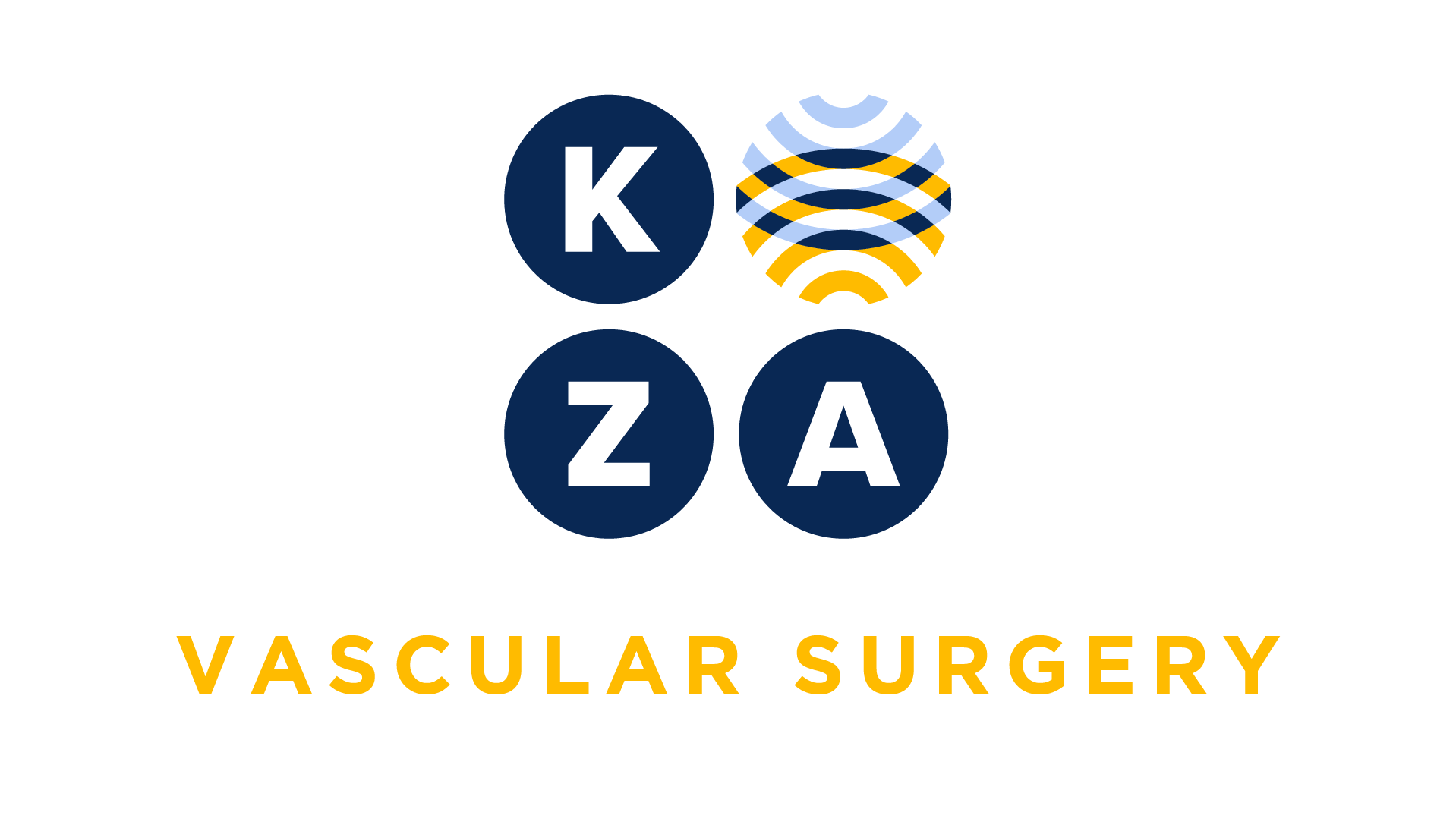
Choose your specialty from the list below to see how our experts have tackled a wide range of client questions.
Looking for something specific? Utilize our search feature by typing in a key word!
Modifiers with Unlisted Codes
Question:
Can I use modifiers on an unlisted code?
Question:
Can I use modifiers on an unlisted code?
Answer:
In some circumstances, a modifier may be appropriately appended to an unlisted code.
For example,
CPT says, while uncommon, if multiple separately reportable unlisted codes are performed on the same patient on the same date by the same physician, multiple unlisted codes may be reported. If the two procedures are performed in the same anatomic region, then multiple units of the unlisted code may be reported with a modifier 59
Modifier 62 (two surgeons/co-surgery) may also be appended to an unlisted code such as 64999 if co-surgery is documented.
Modifier 58 for staged or more extensive procedures may also be appended to alert the payor to a second surgery during the global period,
During the global period, it may also be appropriate (and recommended) to append global period modifiers such as 78 or 79 to an unlisted code to fully describe the surgical scenario to a payor.
Do not append modifier 50 (bilateral procedure), modifier 51 or modifier 52 or 53 to an unlisted code. Your base, or comparison code, should reflect modifier 50 and the associated increase in fee. The same is true for modifier 22.
*This response is based on the best information available as of 2/1/24.
E/M Coding for Emergency Surgery
Under the revised 2023 EM guidelines what E/M code would be supported for seeing a patient in the the ED for a ruptured abdominal aorta aneurysm (AAA) and taking them emergently to surgery for repair?
Question:
Under the revised 2023 EM guidelines what E/M code would be supported for seeing a patient in the the ED for a ruptured abdominal aorta aneurysm (AAA) and taking them emergently to surgery for repair?
Answer:
This scenario would support , 99223, the highest level of Initial hospital care. Based on:
- High Problem-Acute or chronic illness or injury that poses a threat to life or bodily function and,
- High Risk- Emergency surgery
Remember, only 2 of the 3 medical decision-making elements are needed to support a level of E/M.
Coding for TCAR
How is the TCAR procedure reported?
Question:
How is the TCAR procedure reported?
Answer:
Transcarotid Artery Revascularization (TCAR) is a minimally invasive procedure that can clear blockages and open a narrowed cervical carotid artery. The surgeon makes an incision over the common carotid artery to perform the repair. During the TCAR procedure, the surgical team reverses blood flow in the area of the blockage.
TCAR is reported with the same code as a carotid stent, 37215,Transcatheter placement of intravascular stent(s), cervical carotid artery, open or percutaneous, including angioplasty, when performed, and radiological supervision and interpretation; with distal embolic protection.
Medicare High Risk Criteria in Carotid Stenting
What does Medicare consider high risk to support a stent instead of a carotid endarterectomy (CEA)?
Question:
What does Medicare consider high risk to support a stent instead of a carotid endarterectomy (CEA)?
Answer:
Patients at high risk for CEA are defined as having significant comorbidities and/or anatomic risk factors (i.e., recurrent stenosis and/or previous radical neck dissection) and would be poor candidates for CEA in the opinion of a surgeon. Significant comorbid conditions include but are not limited to:
- congestive heart failure (CHF) class III/IV;
- left ventricular ejection fraction (LVEF) < 30%;
- unstable angina.
- contralateral carotid occlusion;
- recent myocardial infarction (MI);
- previous CEA with recurrent stenosis ;
- prior radiation treatment to the neck; and
- other conditions that were used to determine patients at high risk for CEA in the prior carotid artery stenting trials and studies, such as ARCHER, CABERNET, SAPPHIRE, BEACH, and MAVERIC
Billing FEVAR with a Physician-Modified Endovascular Graft ( PMEG)
We use a Physician-Modified Endovascular Graft (PMEG) for our FEVAR procedures. Do we have to bill this with an unlisted code?
Question:
We use a Physician-Modified Endovascular Graft (PMEG) for our FEVAR procedures. Do we have to bill this with an unlisted code?
Answer:
No, use of a PMEG does not require billing as an unlisted code. Use the existing FEVAR codes based on endograft coverage and number of fenestrations.
Billing Diagnostic Angiograms with Lower Extremity Interventions
Are diagnostic angiogram billable with a lower extremity intervention, such as an atherectomy or stent? I’ve been told they are bundled.
Question:
Are diagnostic angiogram billable with a lower extremity intervention, such as an atherectomy or stent? I’ve been told they are bundled.
Answer:
That is a common misunderstanding. Diagnostic angiograms are separately billable during a lower extremity intervention such as an atherectomy or stent intervention if no prior adequate diagnostic angiogram is available to the physician. For example,
- no previous angiogram is available,
- the prior angiogram is not adequate to diagnose the disease or
- the patient’s condition changed either since the last angiogram or during the procedure.
Document if any of these situations exists and code the diagnostic angiogram(s) with a 59 modifier (or XU) to indicate that there was no adequate diagnostic angiogram available. And remember Medicare considers a CTA to be equivalent to a catheter-based angiogram. So if a Medicare patient had a CTA that met the physician’s diagnostic purposes, a diagnostic angiogram would not be billable in addition to an intervention.


